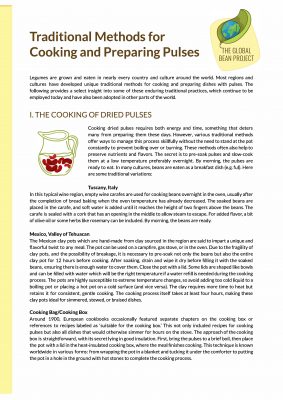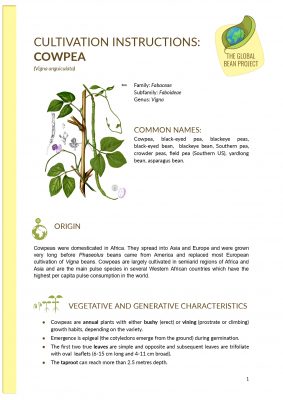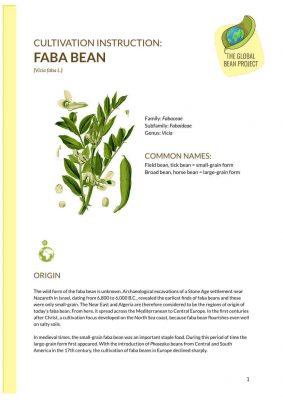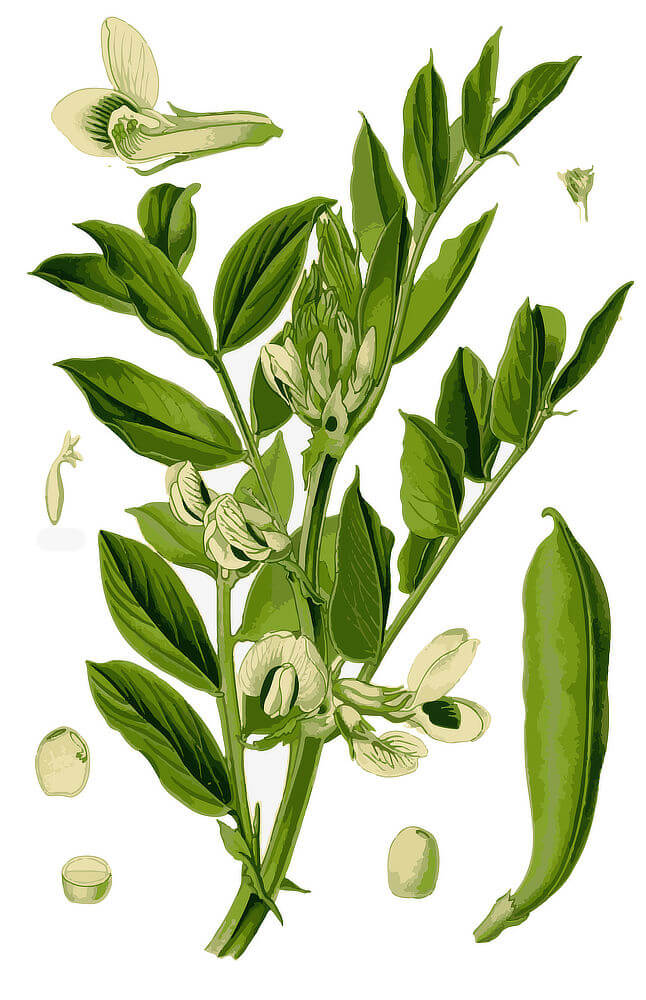
(Vicia faba L.)
Family: Fabaceae
Subfamily: Faboideae
Genus: Vicia
Common names:
Field bean, tick bean = small-seed form
Broad bean, horse bean = large-seed form

ORIGIN
The wild form of the faba bean is unknown. Archaeological excavations of a Stone Age settlement near Nazareth in Israel, dating from 6,800 to 6,000 B.C., revealed the earliest finds of faba beans and these were only small-grain. The Near East and Algeria are therefore considered to be the regions of origin for today’s faba bean. From here, it spread across the Mediterranean to Central Europe. In the first centuries after Christ, a cultivation focus developed on the North Sea coast, because faba bean flourishes well on salty soils.
In Medieval times, the small-seed faba bean was an important staple food. During this period the large-seed form first appeared. With the introduction of Phaseolus beans from Central and South America in the 17th century, the cultivation of faba beans in Europe declined sharply.
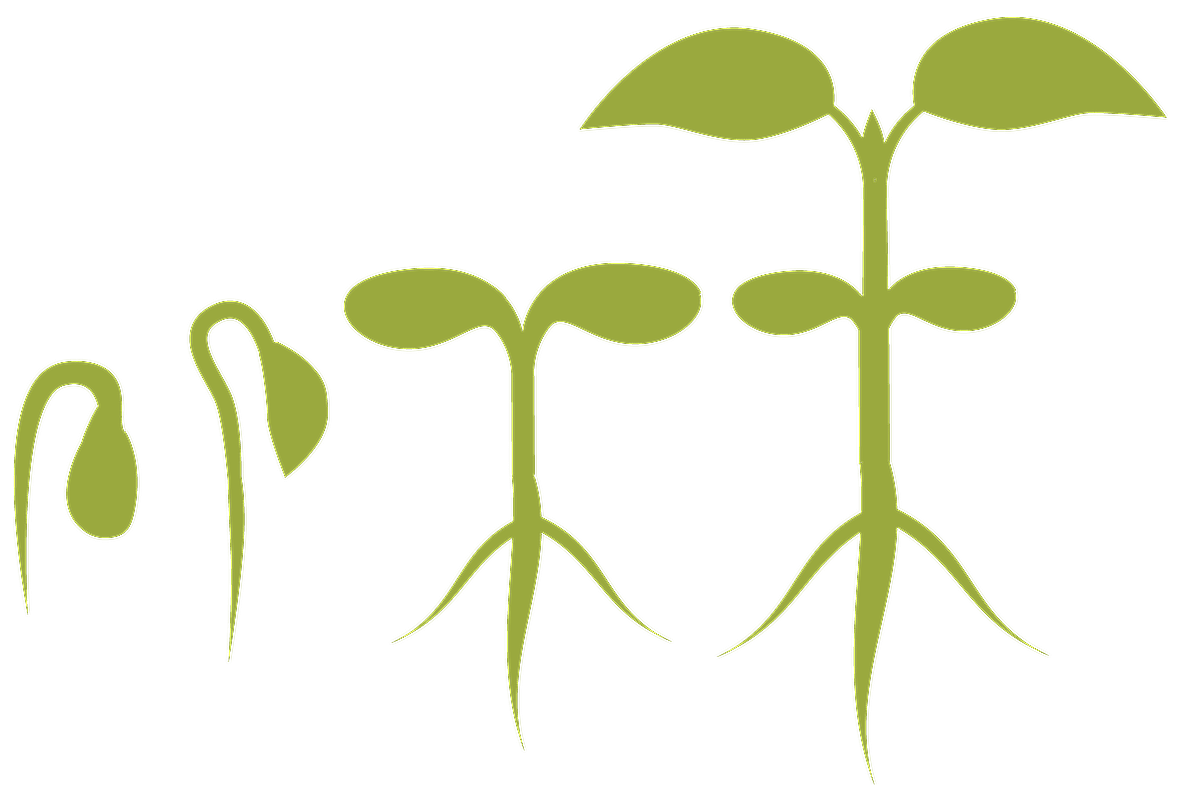
VEGETATIVE AND GENERATIVE CHARACTERISTICS
- Annual
- Plant height between 30 cm and 2 m
- Flower: white with a black spot (most common) to violet-white, self-pollination and cross-pollination
- Pods: 8 – 20 cm long and 1 – 3 cm thick. Protruding and glabrous. One pod contains two to six seeds. When the pods are still fresh and green, the beans are attached to the pod by the navel and are nourished by it. As soon as the bean seeds are fully matured, the pods become dry, brittle and brown to black. If you shake the pod, you can hear the beans inside rattling.
- Bean seeds: 0,5 – 2,5 cm long, 4.5 – 6 mm thick, initially light green and when fully matured the colors of the seeds range from brown to reddish or darker green.
- Leaf: broad and oval, 3 to 10 cm long, up to 4 cm wide, somewhat fleshy and glabrous. When the beans are mature, the leaves become dry and turn brown-black.
- Stem: erect, square, hollow and glabrous
- Root: taproot up to 1 m deep, branched in the upper part. Nodule bacteria can attach to it and introduce atmospheric nitrogen into the soil as a natural fertilizer.
- Cultivation break: only every 4 – 5 years in one location

SOIL AND CLIMATE
- Heavy, loamy soil (pH: 6 – 7) with good water holding capacity is preferred.
- Requires a high quantity of water during germination as well as during the period of flowering until the pods are formed.
- Prefers cool and humid climate, does not tolerate prolonged periods of heat and dry air.
- Beware of late frost around (mid-May). If the plant is still very small, it copes better with frost. But as soon as it has many leaves, it is more sensitive.
- Part shade to sunny.

CULTIVATION PRACTICES
- Sow in spring: end of January to the end of April
- Sow in autumn: only winter-hardy varieties
- Minimum germination temperature: 3-4°C
- Distance between plants: about 10 cm
- Distance between rows: about 15 – 20 cm
- Sowing depth: 5 – 10 cm, the lighter the soil the deeper the grain
- Germination period: approx. 2 weeks
Tips:
- The soil should be loosened a little and filled with compost; otherwise, the faba bean has no great demands
- A climbing aid is not necessary, unless the plants are in a very windy location
- Fava beans should always be kept moist, but not waterlogged
- Crop rotation: It is recommended to plant nitrogen-consuming crops before and after fava bean.
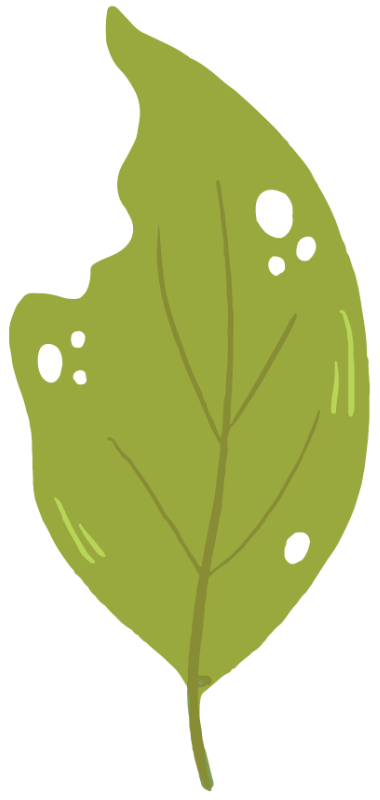
PESTS AND DISEASES
- Black bean aphid (Aphis fabae): might infest the beans from May onwards, especially if a host plant such as snowball, peony, or alfalfa is nearby. Helpful: broth made from rhubarb leaves. For this, crush the leaves, brew them, let them steep for a day and spray the faba beans with it. Natural predators such as ladybug larvae and ichneumon wasps can also keep aphids at bay.
- Rust fungus: An infestation can be recognized by rust-like spots and pustules on the leaf surface. There are remedies for the fungus, but it is recommended to remove the entire plant as soon as possible and dispose of it in the residual waste. The fungus often persists in the soil and therefore faba beans should not be planted in this location for an extended period of time.
- Faba bean beetle (Bruchus rufimanus): Only after the harvest you will find out, if the beetle has been active. The beetle uses the bean seeds in the pods as a kind of “incubator” for its offspring. It deposits its eggs on the pods and the larvae bores into the bean seeds. As soon as the beetle is fully grown, it disappears by flying away. Only a hole in the bean remains. Tests have shown that this is not toxic and that the bean can be eaten or used as seed for the next planting season.
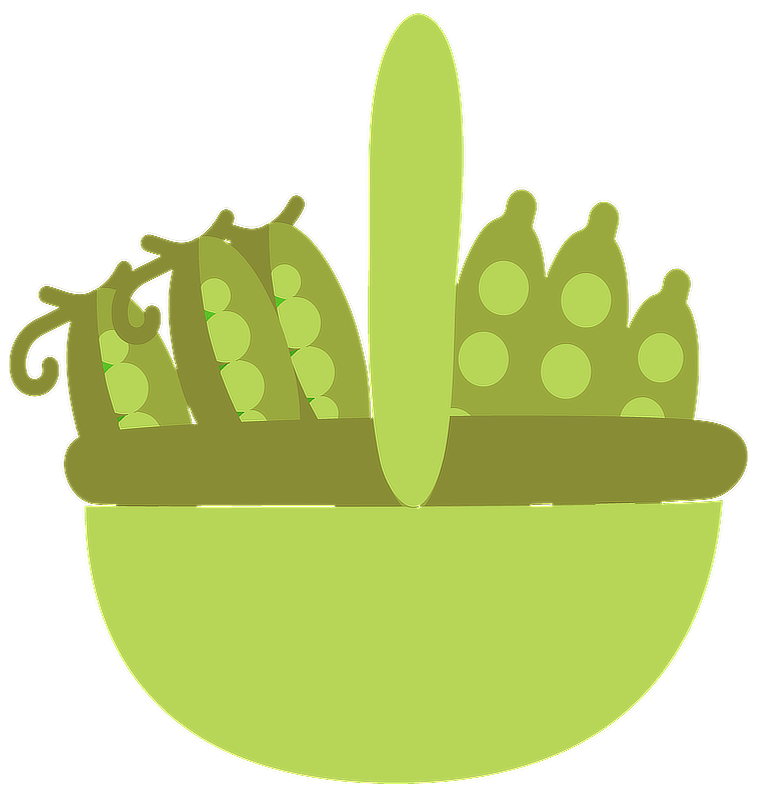
HARVEST AND USAGE
Faba beans can be harvested unripe/green as well as mature.
- Immature: The harvest time here is about 100 days after sowing, usually between mid-May and early July, when the pods are plump and the beans inside show distinct curves.
The beans have a nice bright green color when released from the pods. Very tasty when blanched briefly and the outer shell is removed to get to the tender melting bean core. - Matured: The dry beans are harvested when the plant and pods have turned brown-black (July/August). They are also stripped of the pods and should be stored in a dark, cool and dry place. As a legume, they are suitable for many delicious dishes (e.g. falafel, stew, spread).
The seeds are germinable for about 5 years, or longer if stored well.

FURTHER INFORMATION
Caution Favism:
About 1% of people in Central Europe have the genetic defect G6PD-(glucose-6-phosphate dehydrogenase), which is also called favism. Simply inhaling the pollen from faba bean plants or eating the beans can cause the red blood cells to break down. Symptoms include nausea, vomiting and diarrhea, abdominal pain and dizziness. In case of favism, please do not plant or consume fava bean.
TIMELINE
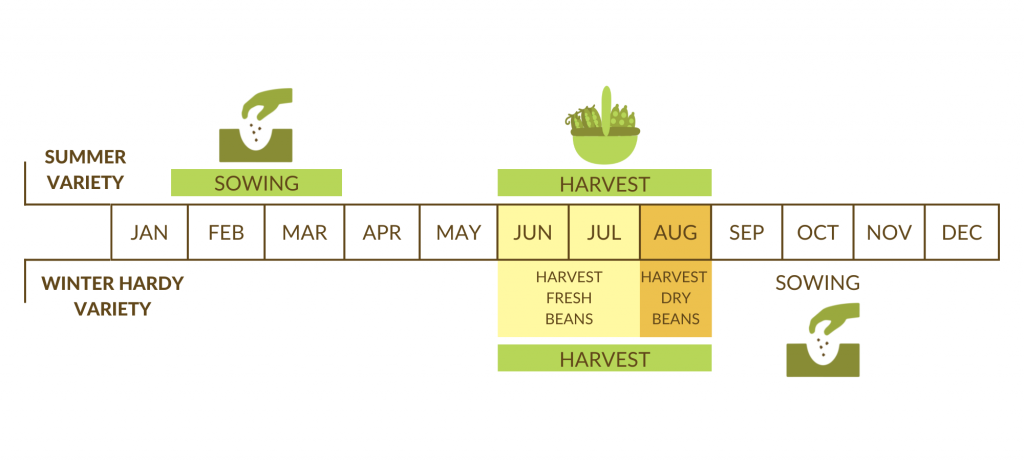
Recipes
Find recipes with chickpeas on our recipe page!
Youtube ShowGardens videos
The Global Bean Show Garden videos present the cultivation and uses of legumes in gardens and fields. Each “Show gardener” sends us a series of videos showing one or more legume species throughout their growing season. Some of our videos give an overview of specific aspects of legume cultivation. Discover here the videos about faba beans!



